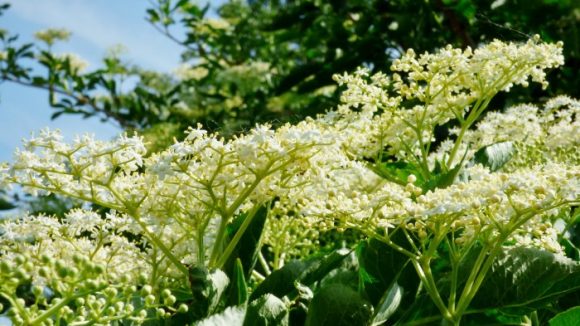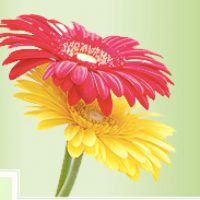All posts tagged elderflower plants benefits
Elderflower Plant Benefits For Your Health
The elderflower is a deciduous shrub of the Adoxaceae family. It grows to 6 meters ( (nearly 20 feet) tall and has light grey bark during the initial stages of growth but gradually changes to a coarse grey later on. The leaves are 10-30 cm long(about 8-12 inches) and are arranged in opposite pairs, featuring 5-7 leaflets with a serrated margin. Elder shrubs bloom in late spring to mid-summer bringing forth aromatic, hermaphrodite flowers that are ivory white with 5 petals pollinated by flies. Continue reading [...]

